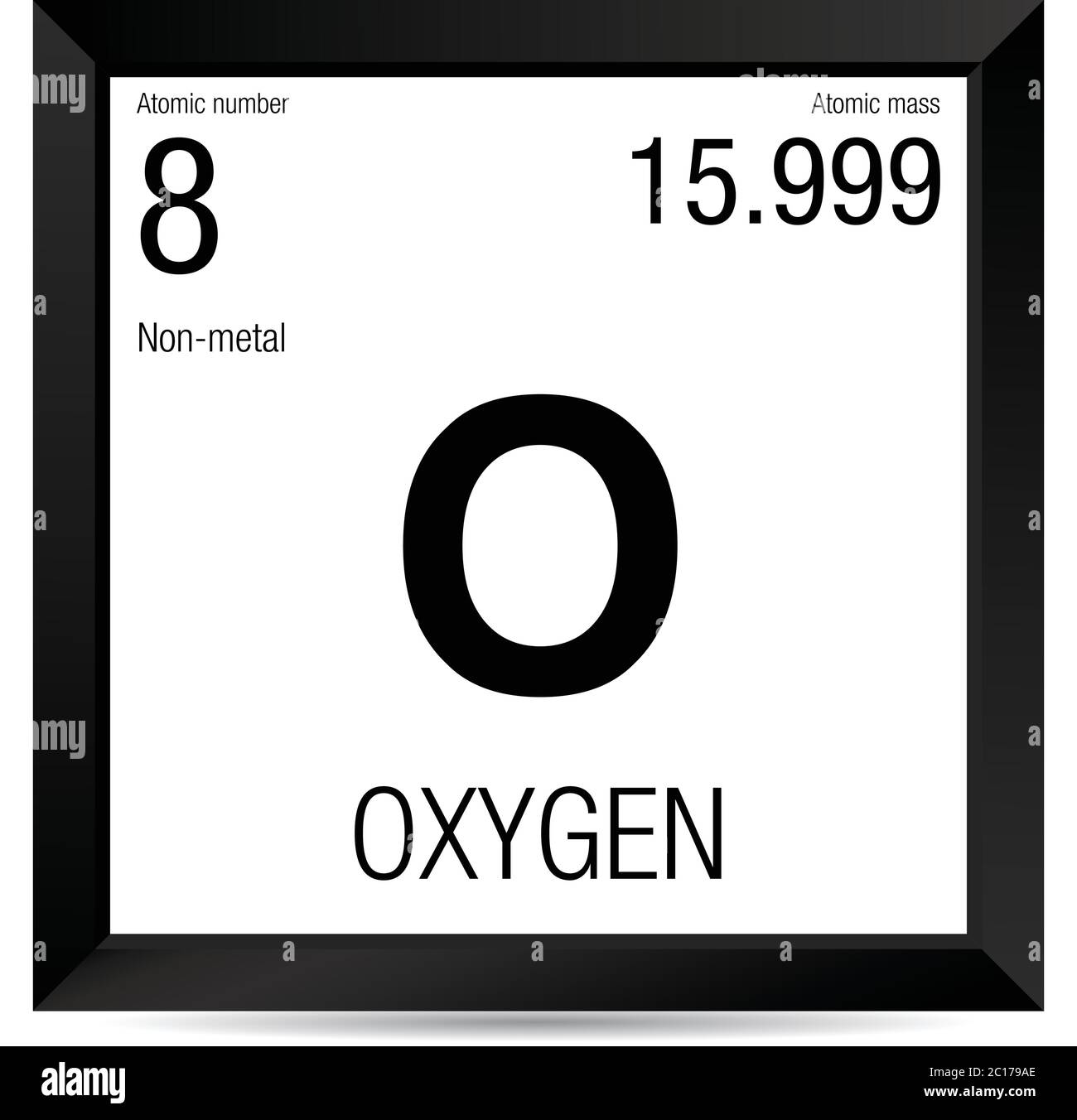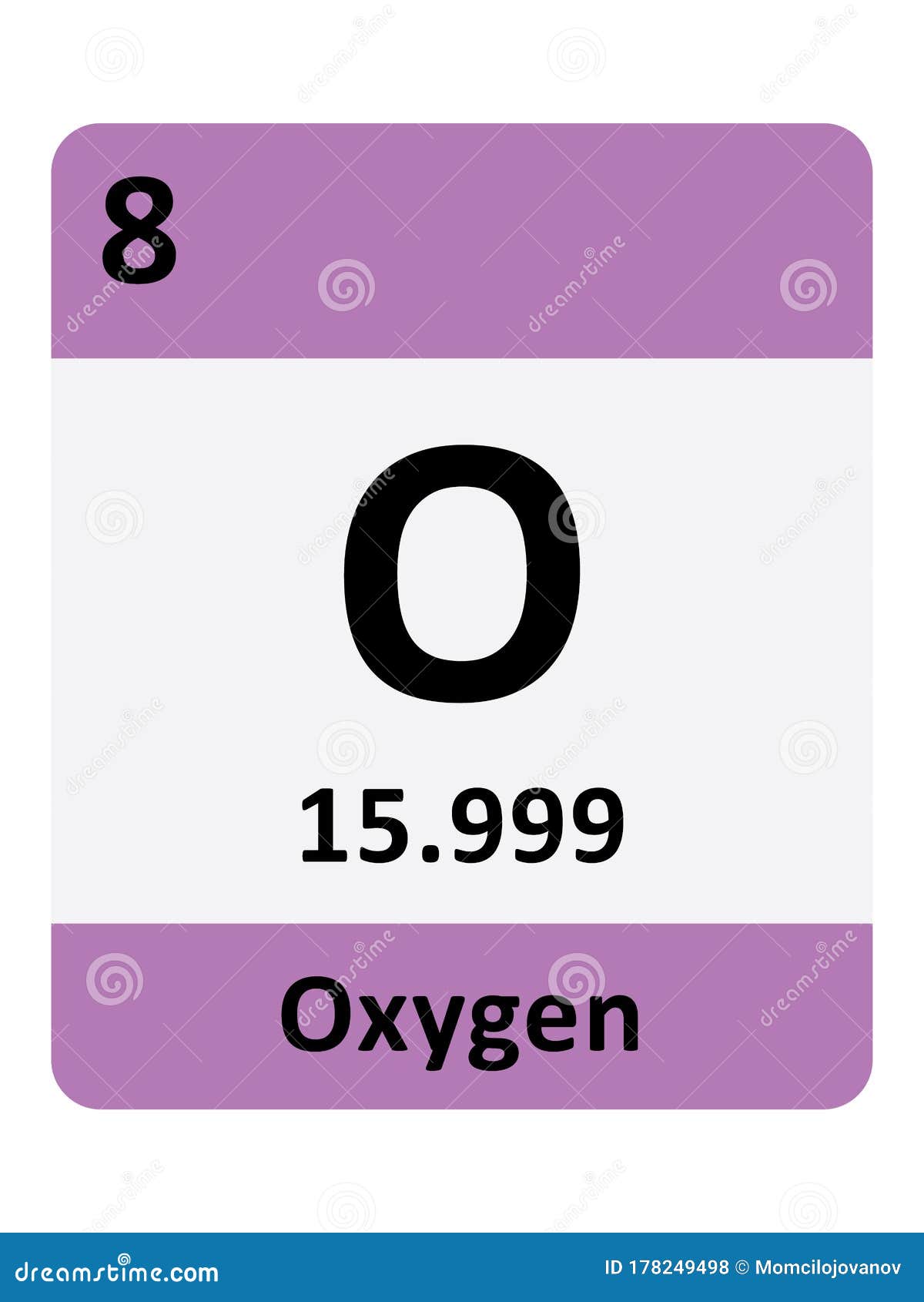
/atom-538110422-577d41ae5f9b585875e6a6e0.jpg)
While the oxygen itself doesn’t burn, it supports the combustion of the other chemicals.Ĭuriously enough, the story of oxygen’s discovery begins – not with a chemist, as expected – but with a painter. There are two allotropes of oxygen, the molecular oxygen O 2 (dioxygen) and ozone O 3 (triatomic molecule). it possesses small susceptibility to a magnetizing force in its gaseous, solid, and liquid aggregate state. Oxygen has a cubic lattice structure and paramagnetic properties, i.e. ζ-phase: Solid oxygen adopts metallic luster when exposed to a pressure greater than 96 GPa.įurthermore, this member of the oxygen family of elements (the chalcogens) in the periodic table has an electronegativity of 3.5 according to Pauling, whereas the atomic radius of oxygen according to van der Waals is 0.074 nm.ε-phase: Solid oxygen adopts dark-red to black color when exposed to a pressure greater than 10 GPa.δ-phase: Solid oxygen adopts orange color when exposed to a pressure of 9 GPa.γ-phase: Solid oxygen adopts pale blue color and forms cubic crystal structure.β-phase: Solid oxygen adopts pale blue to pink color and forms rhombohedral crystal structure.α-phase: Solid oxygen adopts light sky-blue color and forms a monoclinic crystal structure.In this regard, we can distinguish six phases of solid oxygen: When exposed to lower temperatures and higher pressure, solid oxygen transforms its physical aspect from blue monoclinic crystals to red, orange, black, and even a metallic appearance. The solid and liquid forms of oxygen are pale-blue substances in color. Oxygen is colorless, tasteless, odourless, and water-soluble gas.

It has an atomic mass of 15.999 g.mol -1 and electron configuration 2s 2 2p 4. To begin with, oxygen is classified under the symbol O with atomic number 8 in the periodic table of elements. However, the chemical properties of oxygen are very different from the properties of the other chalcogens ( sulfur, selenium, tellurium, and polonium). All members of Group 16 have two elections in the outer s -orbital, and 4 electrons in the p -orbitals. Does not occur uncombined in natureīeing one of the chalcogens, oxygen represents an element essential for life. Naturally occuring ozone (O3) in the upper atmosphere shields the earth from ultraviolet radiation Used in steel making, welding, and supporting life. Nonmetal / Gas at room temperature (also: solid and liquid form)įrom 580(30)×10−24 seconds to 122.24 seconds Because its 2n shell is filled, it is energetically stable as a single atom and will rarely form chemical bonds with other atoms.Chemical and Physical Properties of Oxygen PropertyĬolorless gas / Pale-blue solid and liquid form For instance, lithium ( Li \text Ne start text, N, e, end text ), on the other hand, has a total of ten electrons: two are in its innermost 1 s 1s 1 s 1, s orbital and eight fill the second shell-two each in the 2 s 2s 2 s 2, s and three p p p p orbitals, 1 s 2 1s^ 2 1 s 2 1, s, squared 2 s 2 2s^ 2 2 s 2 2, s, squared 2 p 6 2p^6 2 p 6 2, p, start superscript, 6, end superscript. Elements in the second row of the periodic table place their electrons in the 2n shell as well as the 1n shell. After the 1 s 1s 1 s 1, s orbital is filled, the second electron shell begins to fill, with electrons going first into the 2 s 2s 2 s 2, s orbital and then into the three p p p p orbitals.
#Element o atomic number plus#
The second electron shell, 2n, contains another spherical s s s s orbital plus three dumbbell-shaped p p p p orbitals, each of which can hold two electrons. Hydrogen and helium are the only two elements that have electrons exclusively in the 1 s 1s 1 s 1, s orbital in their neutral, non-charged, state.

On the periodic table, hydrogen and helium are the only two elements in the first row, or period, which reflects that they only have electrons in their first shell. This is written out as 1 s 2 1s^ 2 1 s 2 1, s, squared, referring to the two electrons of helium in the 1 s 1s 1 s 1, s orbital. Helium has two electrons, so it can completely fill the 1 s 1s 1 s 1, s orbital with its two electrons. This can be written out in a shorthand form called an electron configuration as 1 s 1 1s^ 1 1 s 1 1, s, start superscript, 1, end superscript, where the superscripted 1 refers to the one electron in the 1 s 1s 1 s 1, s orbital. Hydrogen has just one electron, so it has a single spot in the 1 s 1s 1 s 1, s orbital occupied. The 1 s 1s 1 s 1, s orbital is the closest orbital to the nucleus, and it fills with electrons first, before any other orbital.

The first electron shell, 1n, corresponds to a single 1 s 1s 1 s 1, s orbital.


 0 kommentar(er)
0 kommentar(er)
